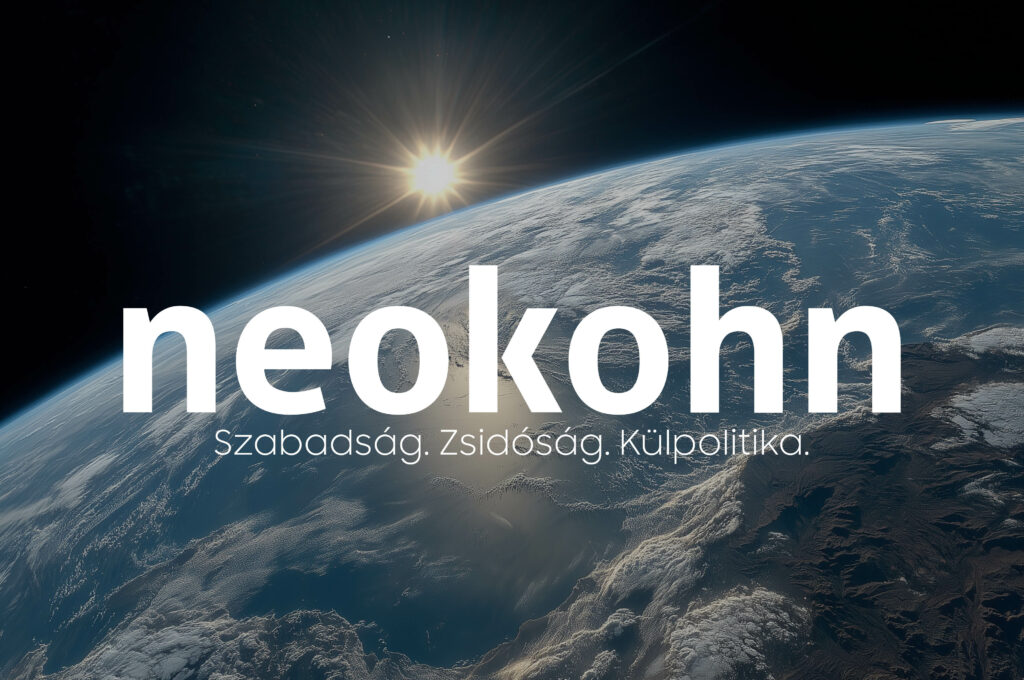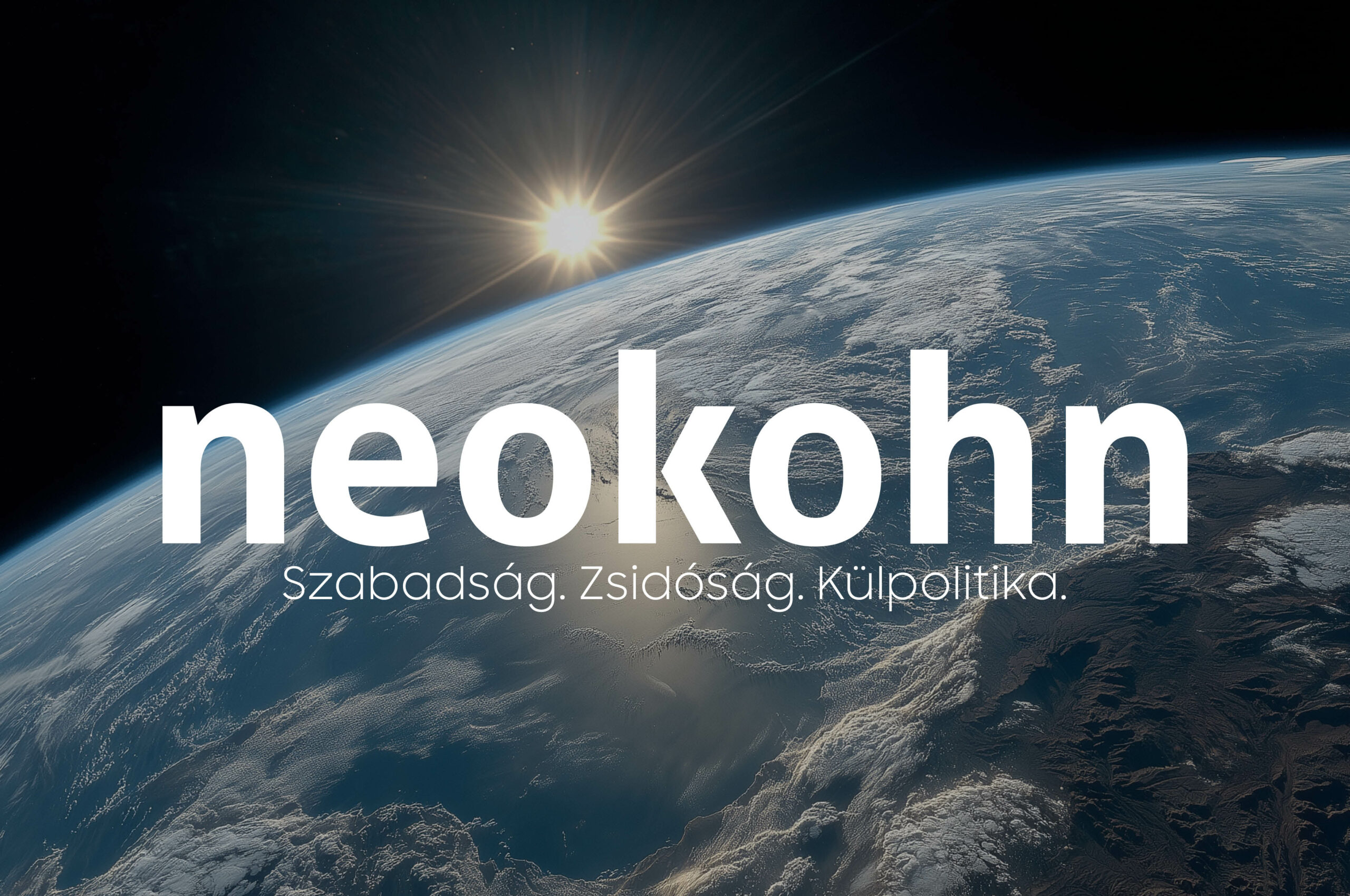The wolf may change its fur, but not its nature.
Hungarian version. / Magyar verzió itt olvasható.
The Times reported that Azov’s newly formed Kharkiv special task force has replaced the Wolfsangel, or wolf hook, the symbol of the mother unit that had been used since 2014 and was the insignia of several Waffen-SS units in World War II, including the infamous 2nd SS „Das Reich” Panzer Division.
According to The Times, the new insignia of the Corps resembles a golden trident, the Ukrainian national emblem. In fact, the origins of the three golden swords are to be traced to Azov’s base near Mariupol (which has since been captured).
„The three golden swords represent the shrine at the Urzuf base of the Azov regiment, which was occupied by Russia.
The enemy has taken Urzuf […] they will destroy the shrines, but will not be able to destroy our ideas or our memory.”
– Makszim Zorin, commander of the Azov Special Operations Battalion, clarified about the badges.
„We are creating new units on the same principles and ideological basis as the legendary Azov regiment.”
– Zorin explained at the formation ceremony in Kharkiv, referring to the various Azov units recruited since the outbreak of the war and outlining the creation of others.
The Times article also discusses how the use of the Wolfsangel symbol „had helped Russian propaganda make the case that Ukraine had been captured by far-right nationalists.”
The author of the article, however, forgot to point out a few „minor details” about the „rebranding” of Azov Kharkiv. Namely, that while the formation
Is attempting to give the outward appearance of renewal, under the surface, it remains the same.
Russian propaganda or not, the pictures uploaded on Zorin’s own Telegram channel prove it:
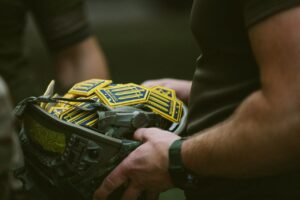
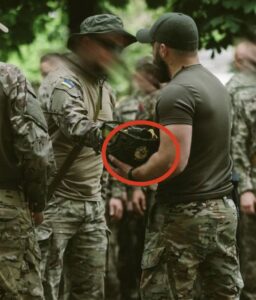
Zorin (in baseball cap), for example, handed out new badges to soldiers in Kharkiv from a helmet decorated with the unit’s Wolfsangel.
But Zorin was also joined by an Azov warrior wearing a modern version of the „Totenkopf” favored by the Nazis. The patch is marketed as „TOTENKOPF 3D” by a neo-Nazi German webshop, and has previously appeared on the arm of a Russian soldier (we wrote about it here). The badge with the helmeted skull is exactly the same as the insignia used by the 1st SS Leibstandarte SS Adolf Hitler’s Panzer Division, and also features an imperial eagle on the skull and the inscription „R3ICH,” which refers to the manufacturer and distributor of the patch.

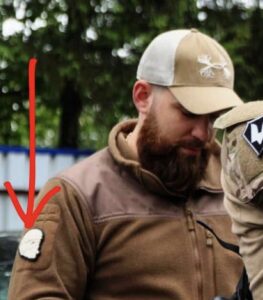
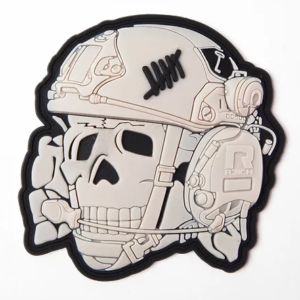
Azov’s old logo consisted of the black sun, or sonnenrad, and the Wolfsangel used by white supremacists; although the black sun was removed from the logo due to criticism, the Wolfsangel remained in use until recently. In March of the same year, they removed it from their official Twitter account and posted a new profile picture showing only Ukraine on a blue and yellow background with a simple „Azov” caption.
But old habits die hard, especially when people are keen to wear symbols of their unity in the form of clothing or tattoos, as the Azov warriors present at the handover ceremony showed:
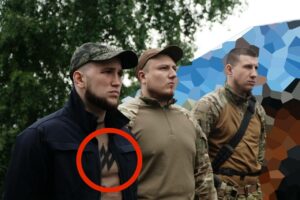
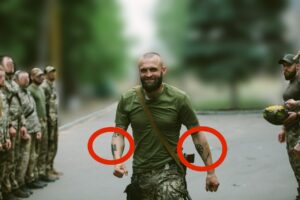
The commander of the Azov Special Operations Battalion, 33-year-old Zorin, originally born in Luhansk, volunteered to fight against the separatists in 2014, gaining significant combat experience while participating in the Ilovaisk, Sirokino and Pavlopil operations. In 2016, he became a commander of the Azov battalion, and in 2019, he (unsuccessfully) ran for the parliamentary elections as a candidate of the Ukrainian far-right parties.
However, the far-right coalition was badly defeated in the elections, winning only 2.15% of the vote.
But the electoral defeat did not crush Zorin, who a few months later was happily posing for the cameras in front of a balcony in Poltava, which he said was „the site of a speech by a prominent figure in 1942.”
Based on local historical evidence, the figure who spoke from the balcony was none other than Adolf Hitler himself.
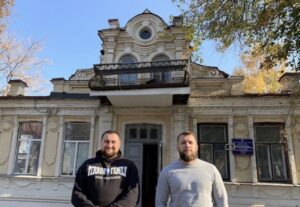
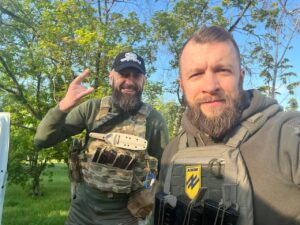
During his political career, Zorin has been critical of both Poroshenko and Zelensky, who he believes has not paid enough attention to the Russian threat.
However, with the news of the Russian invasion, Zorin put his political differences behind him and returned to the fight; in recent months he says he has commanded 2,000 Ukrainian fighters in the fighting around Kiev.
„We have postponed politics for another time, now we have to save the country.”
– Zorin explained to a journalist.
Just as in 2014, the role of far-right and neo-Nazi militias has increased within Ukraine, which poses a number of dangers.
If Zelinsky and his government are forced by the continued course of the war to give up Ukrainian territory in exchange for peace, the newly formed Azov militias and their ilk, armed to the teeth (with Western equipment), will most certainly find a way to undermine the authority of the democratically elected authorities and consolidate their own influence in national politics or even at the local level.
This would not be the first time that Azov has challenged the authority of Ukrainian state representatives.
It was a huge scandal when, back in 2019, Zelensky awarded the Order of Bohdan Khmelnytsky to Denys Prokopenko (the Azov commander in Mariupol, currently in Russian custody), who „repaid” him by refusing to pay military tribute to the Ukrainian president (who is officially the commander-in-chief of the Ukrainian armed forces).
The cases of Prokopenko and Zorin show that the relationship between the Ukrainian government of the day and the Azov faction has always been fraught, which will be even more true in post-war Ukraine (whatever the outcome of the conflict).
Hende Olivér összes cikkét elolvashatja itt.

